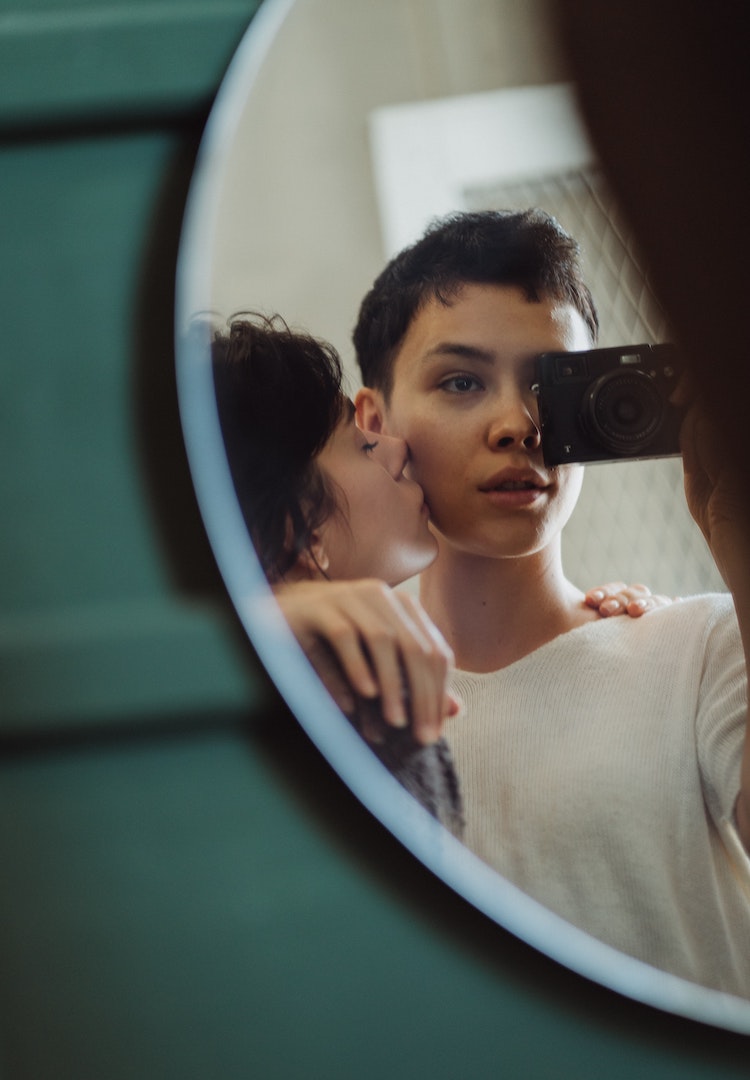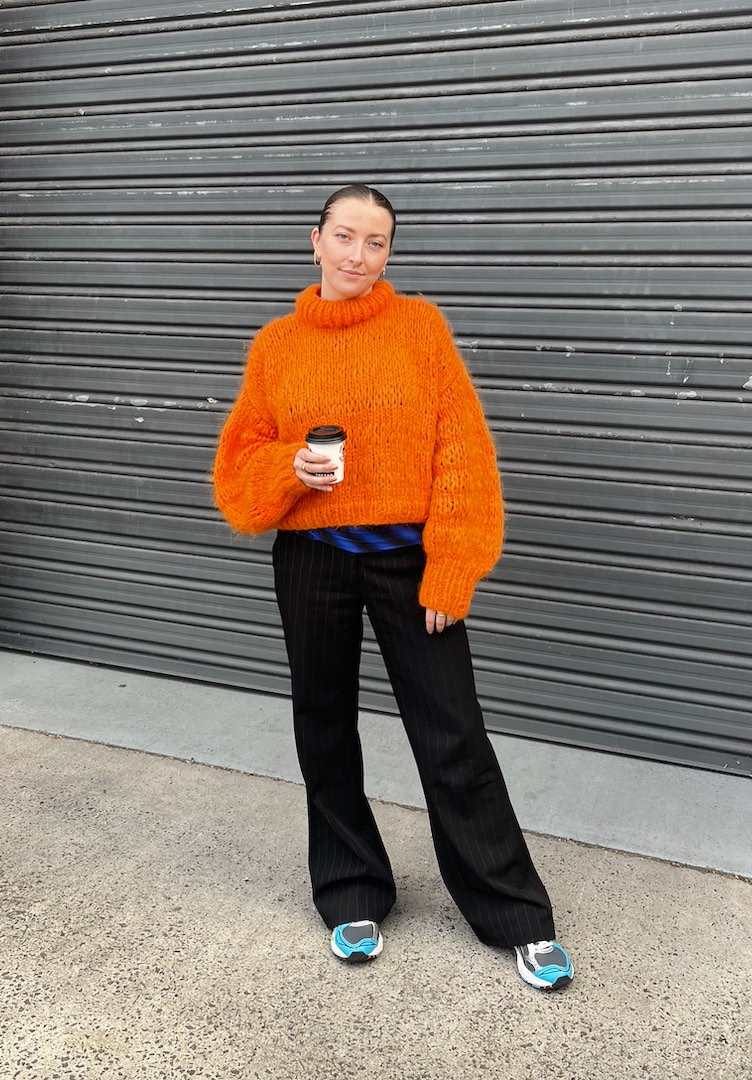Can looking at positive imagery benefit our mental health? A neuroscientist weighs in
WORDS BY Ange Khoudair
Can looking at photos of my dog really get me out of a negative thought loop?
Before reading The Power of Now by Eckhart Tolle some five years ago, I was oblivious to the idea that we are not our thoughts. I repeat, we are not our thoughts. The idea still blows my mind. For as long as I can remember, I have associated who I am with the thoughts I have and really, I didn’t have to.
I’ve had various therapy stints over the years and don’t remember having this phenomenon explained to me until I sought it out (or should I say until Oprah sought it out and I bought Eckhart’s book as a result).
Interested to hear how others navigate the world? Head to our Life section.
So if I am not my thoughts, then who am I? Where do these thoughts come from? Why are so many of them negative? Eckhart’s main teaching is that we shouldn’t identify with our thoughts and that if we can slowly learn how to disengage from them, the result can be transformative. Now, this isn’t exactly a walk in the park.
A recent study from Queen’s University in Canada suggests the average person has more than 6,000 individual thoughts every day. This led me to consider why I so easily slip into negative thought patterns, and to wonder why I’m more affected by mistakes I’ve made rather than my successes. But more than anything, I wanted to know if there were strategies I could employ to help distract me when the negative thoughts became a little too cyclic.
While researching, I came across a phenomenon called negative bias which explains how something very positive will generally have less of an impact on a person’s cognition than something equally emotional but negative. This bias is a process that is automatic and it will always occur. I think knowing this arms us with knowledge about how our brains can slip up easily but that we also have the power to counteract this quite quickly.
The power of positive images
I got in touch with Steve Kassem, a senior postdoctoral fellow at Neuroscience Research Australia, to dig a little deeper into a theory I have about positive imagery and its impact on my mental state. “Whenever I’m feeling down in the dumps I find it hard to switch my negative thinking over to positive. It seems redundant and even more depressing when it feels so impossible,” I tell him.
“But I seem to be able to distract myself quite quickly from negative cycles when I look at some positive imagery. A photo that conjures up a happy memory from the past, a painting on my wall, a photo of my dog Hugo… is there a reason for that?”
Steve tells me that I’m not alone in my experiences with positive imagery and that it can absolutely benefit our mental health. “There is a really interesting effect in the brain where doing or exposing ourselves to positive things elicits a positive response. This is because these activities or sensory inputs like positive images are linked to feeling positive in our brains from previous experience or conditioning.
“In the same way, seeing the foods you want can make you hungry and watching something deeply depressing and stressful can make you melancholic.” The fascinating thing is that these sensory inputs can be in the form of anything you have a positive association with. So art, photos, memories, smells or even activities.
Steve explains that the amygdala, the part of the brain associated with fear and joy, the insula, the part of the brain involved in associated previous experiences, and the visual cortex, all play a role in this phenomenon.
I ask Steve if our brain sends signals about these emotions to other parts of our body. “It most definitely does. The brain sends signals about these emotions to other parts of the brain and body, and this also occurs in reverse in that muscles can send signals to the brain to make us feel happy. The principal study that explores this phenomenon is the non-obstructive facial feedback task, or pencil task.
“People were asked to simply hold a pencil in their mouth, vs not, and [to have] a resting face. The holding of the pencil in your mouth uses almost the exact same muscles as smiling, the brain recognises this and thinks it’s smiling, or should be, and [it] made the participants of the study feel happier or think things were funnier compared to their pencil-less companions.
“So, in the same way, other positively associated feedback from the body can influence the brain and vice versa. Then there’s this study that showed how companies do this to make us feel good about their products [by] using positive imagery to make us feel positive about them. So if brands can successfully have that impact on our feelings, we can absolutely create that impact for ourselves. Think about it!”
Finally, I ask Steve if looking at positive imagery when we’re stuck in a negative state of mind can help us in that moment. “Even though it is not a panacea, from what has been said and shown, most definitely yes!” exclaims Steve.
While Eckhart’s learnings are a practical, lifelong strategy, sometimes disengaging with my thoughts gets too overwhelming in the moment, and having different tools to help me out of a negative thought loop can really help.
Now that I know the science backs it up, I’m going to continue using positive imagery as a way to look after my overall mental health. When moments arise when I need a break from my thoughts I will immerse myself in those positive images, and I suggest you try the same.
If you or someone you know is struggling with their mental health, you can contact Lifeline on 13 11 14.













